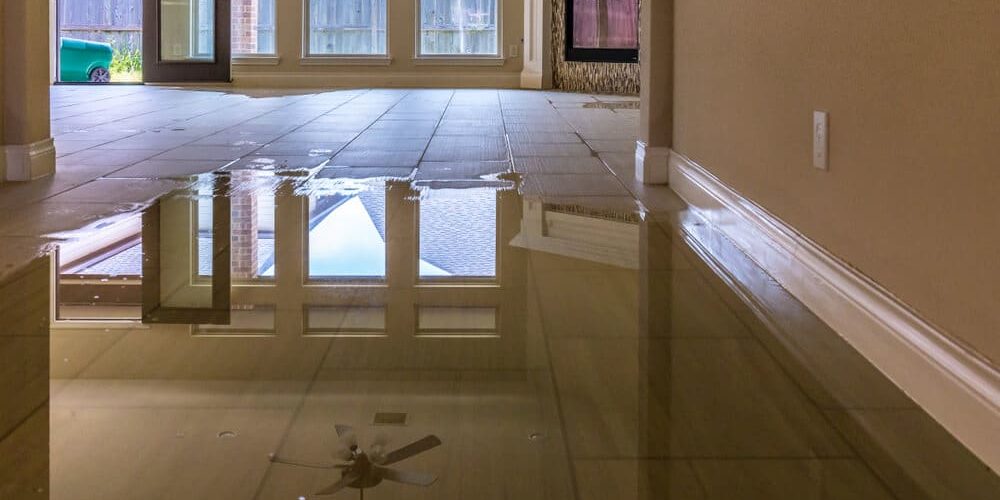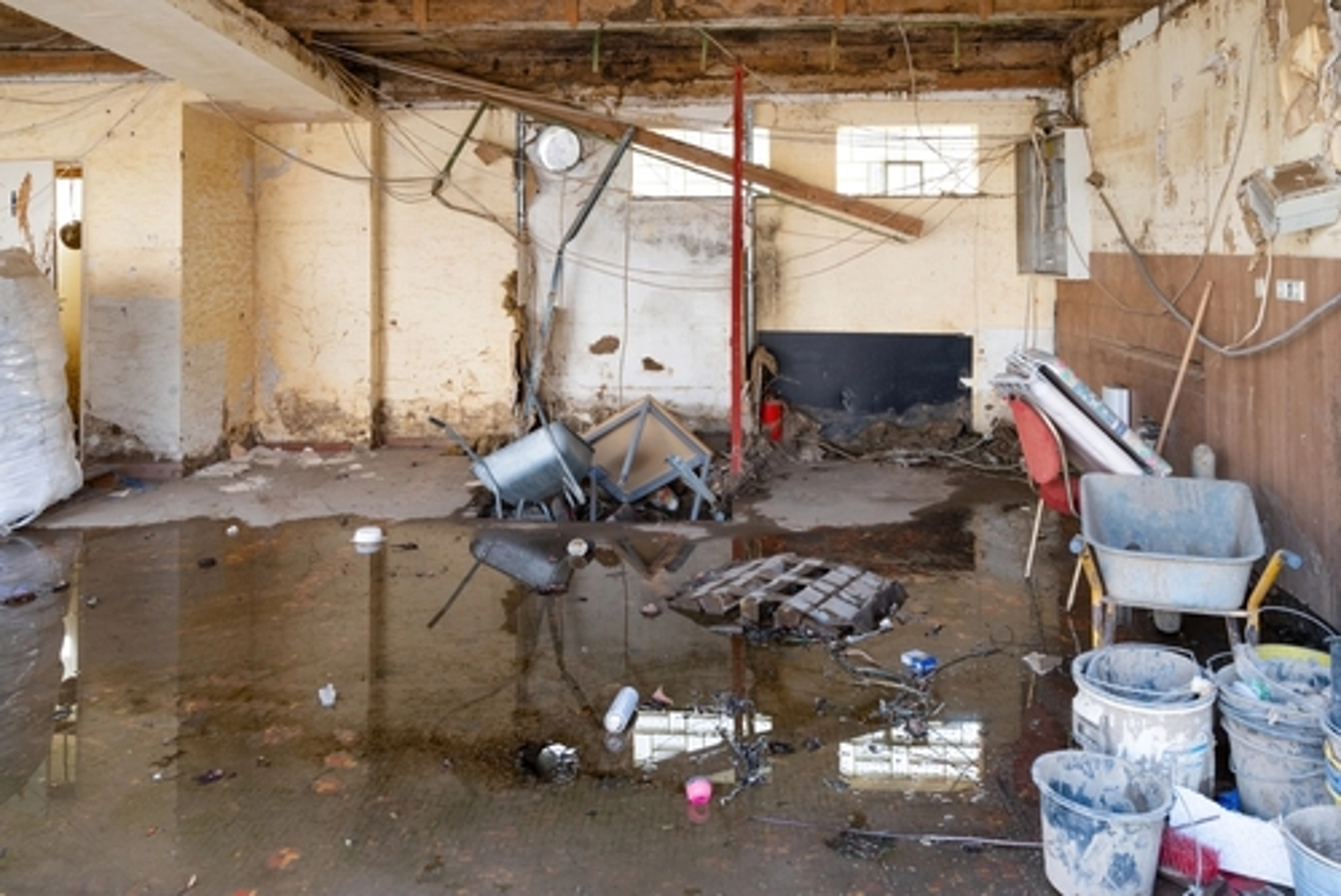The Process of Water Damages Cleanup: Ensuring Your Home Is Brought Back Successfully
Water damages can be an overwhelming obstacle for house owners, necessitating a precise and structured clean-up procedure to recover safety and performance. Initially, a thorough analysis is vital to determine the extent of the damages and establish the appropriate remediation steps. Following this, effective water extraction strategies play a pivotal role in reducing more harm. Nevertheless, the subtleties of drying, disinfecting, and ultimate restoration are just as necessary and commonly forgotten. Comprehending these stages can make a considerable distinction in the result of your home's remediation, motivating a closer consider what each step entails.
Evaluating the Damage
Upon uncovering water damage, the primary step is to completely assess the degree of the effect. This preliminary evaluation is critical, as it assists determine the needed actions for effective cleanup and reconstruction. Begin by examining the affected locations, including wall surfaces, ceilings, floors, and individual possessions, to identify the source of the water breach, whether from flooding, leakages, or condensation.
Recording the damages is vital for both insurance cases and preparing restoration initiatives - damage restoration services. Usage photos and created notes to capture the extent of the damage, keeping in mind any kind of damaged architectural elements and materials. Pay unique focus to areas that might not be instantly noticeable, such as behind wall surfaces and under carpetings, as hidden wetness can bring about further problems, including mold and mildew development
Additionally, examine the timeline of the water direct exposure. The longer the materials continue to be damp, the greater the capacity for damage. Recognizing the duration of exposure will notify the seriousness of remediation efforts. Eventually, a detailed analysis lays the groundwork for an effective water damage clean-up process, making sure that all impacted areas are addressed efficiently and completely.
Water Extraction Techniques

Specialists commonly utilize completely submersible pumps for bigger volumes of water, which can quickly relieve flooding in cellars or other impacted areas. For smaller sized quantities, wet/dry vacuums are often used to extract recurring moisture from carpetings and difficult surfaces. Additionally, making use of portable extractors permits targeted elimination in confined rooms or areas with delicate products.
In instances of polluted water, such as sewage or floodwater, progressed extraction strategies may involve the use of biohazard devices to ensure safety and security and compliance with health laws. High-powered removal devices are important in decreasing water retention in structural materials, which can bring about mold development and architectural damage if not attended to promptly.
Inevitably, the effectiveness of water removal techniques plays an essential duty in the general success of the water damages cleanup procedure, preparing for subsequent reconstruction efforts.
Drying and Dehumidification
When standing water has been efficiently extracted, the next essential phase in the water damage cleanup procedure is drying out and dehumidification. This step is vital to protect against further damages and mold and mildew growth, which can occur within 24 to two days in moist atmospheres.
To attain effective drying, specific devices such as industrial-grade air movers and dehumidifiers is used. Air moving companies flow air throughout damp surface areas, enhancing dissipation rates, while dehumidifiers decrease humidity levels airborne, advertising a conducive environment for drying. The combination of these devices ensures that wetness is extracted from walls, floorings, and home furnishings, permitting them to completely dry extensively.
It is very important to check the drying out procedure carefully. Experts often utilize moisture meters to evaluate the moisture content in various materials, making sure that all impacted areas get to appropriate dryness degrees. This thorough technique assists to avoid concealed moisture pockets that could bring about architectural damages or harmful mold growth.

Cleaning and Disinfecting
After the drying out and dehumidification phase is full, the next vital action in water damage cleanup is cleansing and sterilizing the affected areas. This procedure is essential to avoid the development of mold, microorganisms, and other microorganisms that grow in damp atmospheres.
The cleansing stage generally involves removing any type of particles, dust, and contaminants from surfaces using specialized cleaning agents. For tough surface areas, a mix of soap and water or industrial cleansing products is often used. Soft materials, such as furniture and carpetings, may need more comprehensive cleansing techniques, consisting of vapor cleansing or deep removal strategies, to ensure complete cleanliness.

Sanitizing complies with cleaning, using EPA-approved anti-bacterials to get rid of harmful microorganisms. This step is necessary, especially in locations that may have come into contact with floodwaters or sewer, as these sources can position major wellness threats.
Furthermore, it is essential to attend to any type of continuing to be smells, which might call for making use of smell neutralizers or advanced techniques like ozone treatment. Correct cleaning and disinfecting not only recover the safety and security and health of your home however additionally prepared for effective restoration and repair services in succeeding phases of the water damages clean-up procedure.
Reconstruction and Repairs

Once the top article assessment is full, remediation initiatives can start. Additionally, floor covering may call for comparable interest, depending on the degree of water direct exposure.
It is vital to engage skilled reconstruction professionals during this process, as they possess the knowledge to deal with intricate repairs properly. They can aid alleviate prospective future issues, such as mold and mildew growth or architectural instability, hence making sure a habitable and safe living environment. Eventually, reliable repair and repair work bring back the home's integrity and improve its total worth.
Final Thought
To conclude, the procedure of water damage clean-up is critical for restoring a home to its pre-damage problem. Each phase, from analyzing the damage to carrying out efficient water removal techniques, adhered to by thorough drying, sanitizing, and required repairs, plays a vital role in making sure safety and security and conformity with structure standards. Efficient execution of these steps not only alleviates prompt damages yet likewise improves the long-lasting stability and value of the building.
Water damage can be a daunting difficulty for homeowners, demanding a thorough and organized cleanup procedure to bring back safety visit this site right here and functionality. Inevitably, a detailed analysis lays the groundwork for an effective water damage cleaning procedure, ensuring that all affected locations are dealt with efficiently and extensively.
Effective water extraction methods are essential in mitigating damage and preventing additional complications adhering to a water intrusion occasion.In conclusion, the procedure of water damages cleaning is vital for bring back a home to its pre-damage problem. Each phase, from examining the damage to implementing efficient water extraction techniques, adhered to by complete drying out, sanitizing, and needed repairs, plays an important role in guaranteeing safety and conformity with building criteria.